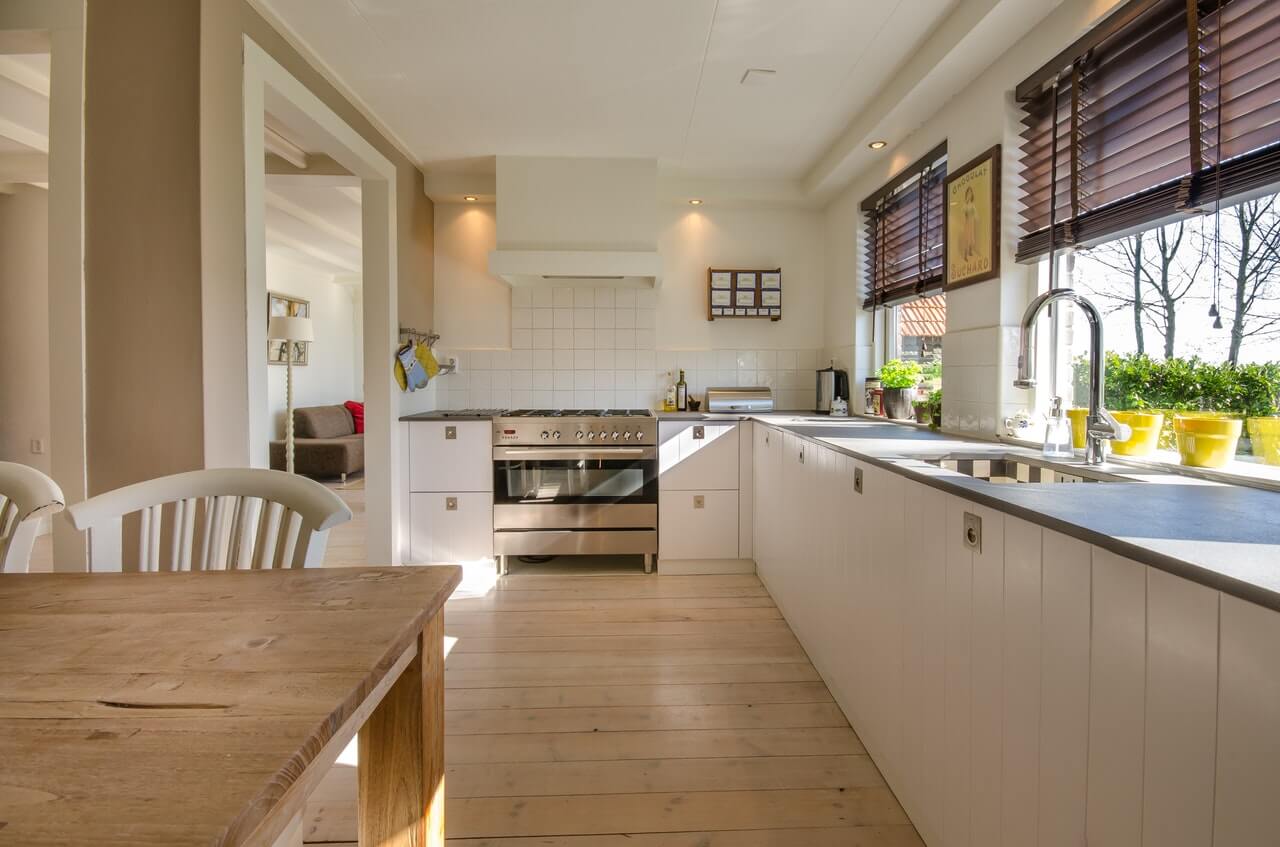HEALTHY HOMES FOR YOU AND YOUR FAMILY
‘Everyone has the right to a standard of living adequate for the health and wellbeing of himself and his family, including food, clothing, housing, and medical care and necessary social services and the right to security in the event of unemployment, sickness, disability, widowhood, old age or other lack of livelihood in circumstances beyond his control.’ (Universal Declaration of Human Rights, Article 25)
New Zealand legislation has no provision for a right to housing, but in its ratification to the International Covenant on Economic, Social, and Cultural Rights (ICESCR), Government has approved an undertaking to abide by international human rights standards.
New Zealand houses are on average 6 degrees Celcius under World Health Organization (WHO) recommended minimum temperatures in winter. Nearly half of them are moldy. They’re cold, damp, draughty, and difficult to heat in winter! An improvement of the indoor air environment is needed to fulfill current international standards.
Until 1978 when insulation in NZ home became compulsory, insulation was an option used by the wealthy or the educated. Insulation was an option usually not afforded, and in a new age where power was cheaper and provided on-demand – power heating was used with little financial consequence.
New Zealand was a hardened outdoor sort of state who toughed up to our climate, both inside and out! As opposed to thermally tackle the construction, we thermally addressed, wrap up in hand-knitted woolen garments which were typical of the age as insulation was not. These uninsulated homes had problems that climbed like the molds within them. The New Zealand public wasn’t well informed of health problems associated with the house generations were growing up in.
The cold air breathed was well below what was globally recognized as healthy, wasn’t common knowledge. What became discovered was raised health problems like allergies and asthma, to get to the present situation where New Zealand has the second-highest prevalence of asthma in the world. The terrific clean, green image, outside climate, and environment that New Zealand is recognized globally for, is veiled past the exterior of the majority of our homes.
The housing stock is the biggest portion of the New Zealand built environment. It is composed of between 1.5 and 1.6 million dwellings, with a value of about $178 billion. Home represents the most important single thing owned by many New Zealanders.
The Building Research Association of New Zealand (BRANZ) data suggests that between 700,000 and 900,000 New Zealand houses aren’t insulated to 1977 criteria (let alone new 2007 criteria ). These houses are cold and need considerable amounts of energy to raise temperatures to an adequate comfort level. They have poor thermal performance, and 45 percent of them have signs of mold, which leads to the ill health of the occupants, and deterioration of the structure. Over a quarter have gas heaters, which as well as adding chemical contaminants, contribute high levels of condensation within homes. Please visit Forest Model Edulac Saint Jean dor more details.
A construction with poor thermal performance requires more energy to keep comfort levels. This raises costs and energy consumption. Inefficient thermal performance causes homes to become chilly inside when outside temperatures are low. This coldness causes condensation where chilly meets warmly. Lacking ventilation together with condensation causes mold growth. Mold growth is detrimental to human health, to the materials which a construction consists of, and some other absorbent materials contained inside the home.
To adequately ventilate by opening windows to the elimination of contaminants in the atmosphere, including condensation, causes heat loss. This is problematic, especially in cool climates such is experienced in many regions of New Zealand.
It’s estimated that we spend around 80 percent of our lives at home so thermal relaxation and a healthy indoor environment are vital. To achieve a warm, damp-free, healthy indoor environment, adequate ventilation, insulation, and heating are required. Strategies that don’t address all three factors are not likely to succeed.
Little has been done in New Zealand to substantially improve older, thermally inefficient houses. By improving the energy efficiency of the houses there is the capacity to reduce the effect on the environment by reducing fuel consumption and operational CO2 emissions as well as to enhance thermal comfort conditions. With peak oil called that this decade, gas prices are expected to rise because of the lack of resources, thus it’s practical to research retrofit choices with some urgency.
Updating and increasing the sustainability of New Zealand’s uninsulated housing inventory will:
Reduce the need from houses on reticulated energy;
reduce overall energy requirements;
reduce carbon dioxide emissions and help New Zealand in meeting our Kyoto commitments;
enhance the New Zealand housing stock concerning resilience to global challenges like climate change, resource availability, and population change.
There has been a variety of organizations lately set up in New Zealand, encouraging and incentivizing heating and thermal improvements to houses. Retrofitted insulation concentrates on the ceilings and under-floor. However, as nearly half of the heat flows from home inside through the walls, windows, and air openings, there’s considerable wastage of global energy resources and unnecessary financial expenditure for the occupant.
